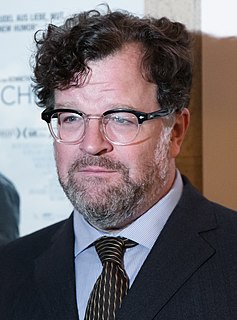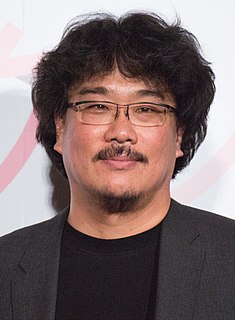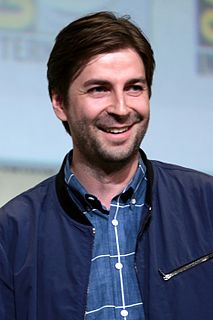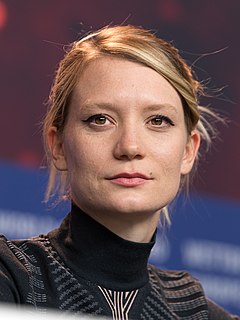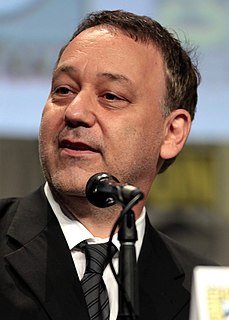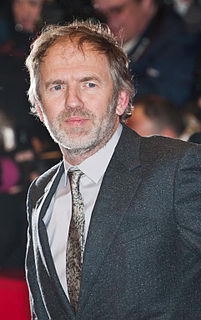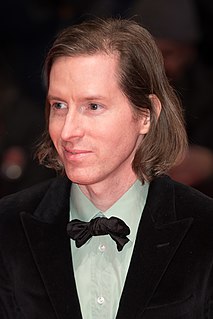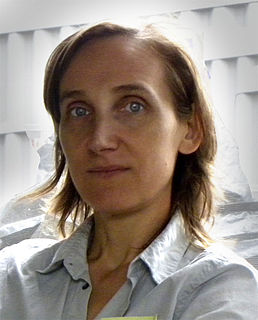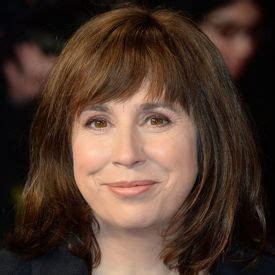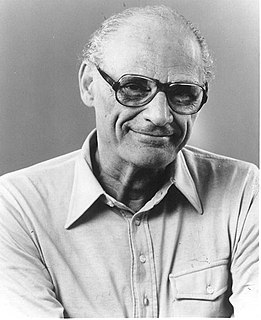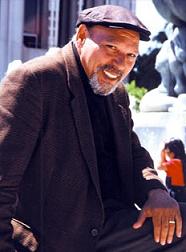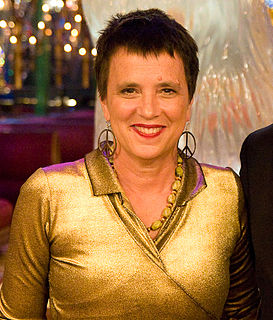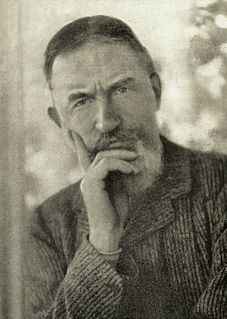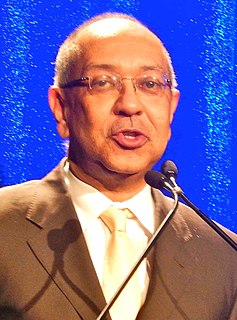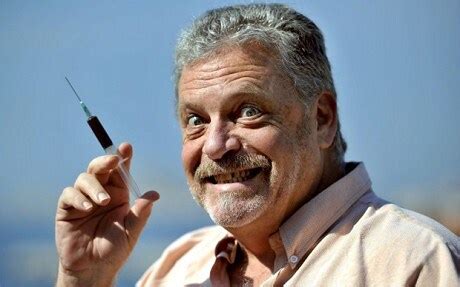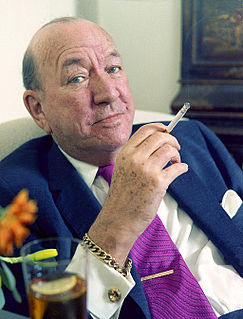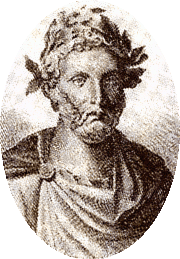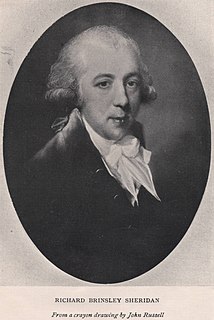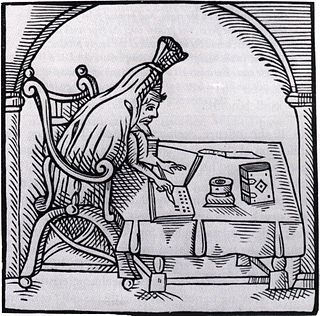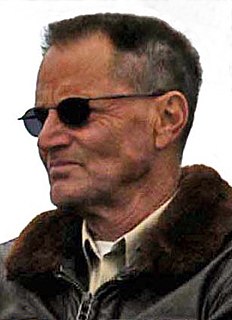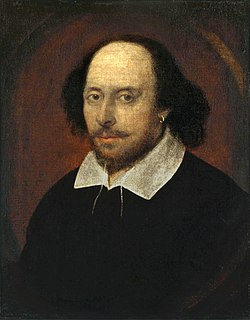A Quote by Kenneth Lonergan
I actually think storyboards are great. I don't draw well enough to do them myself. I've only used storyboards a couple of times.
Related Quotes
When I got onto set with him we were given a folder of storyboards. I thought that was pretty incredible because I hadn't worked with anybody who used storyboards before so he obviously had a very precise way as to how he visualized the film from the very beginning. It was every scene, but to his credit he was incredibly collaborative and gave us many opportunities to have our own input and to change things with him, so it was a really great way of working.
